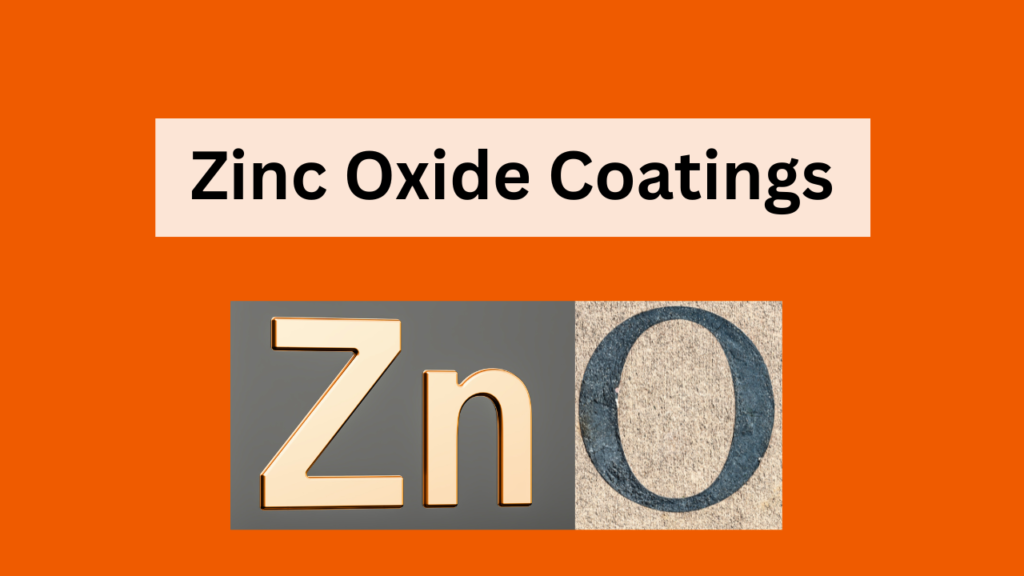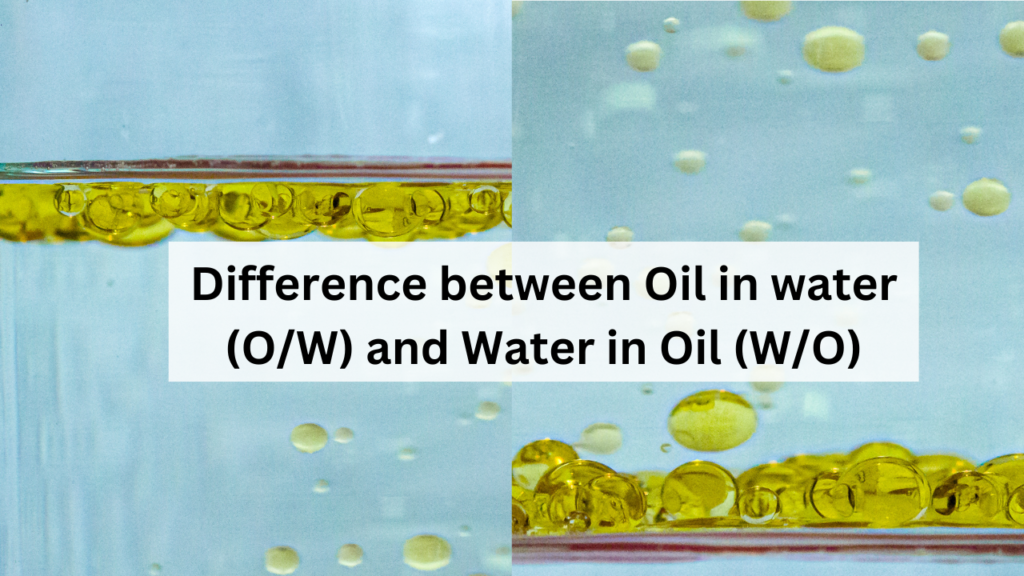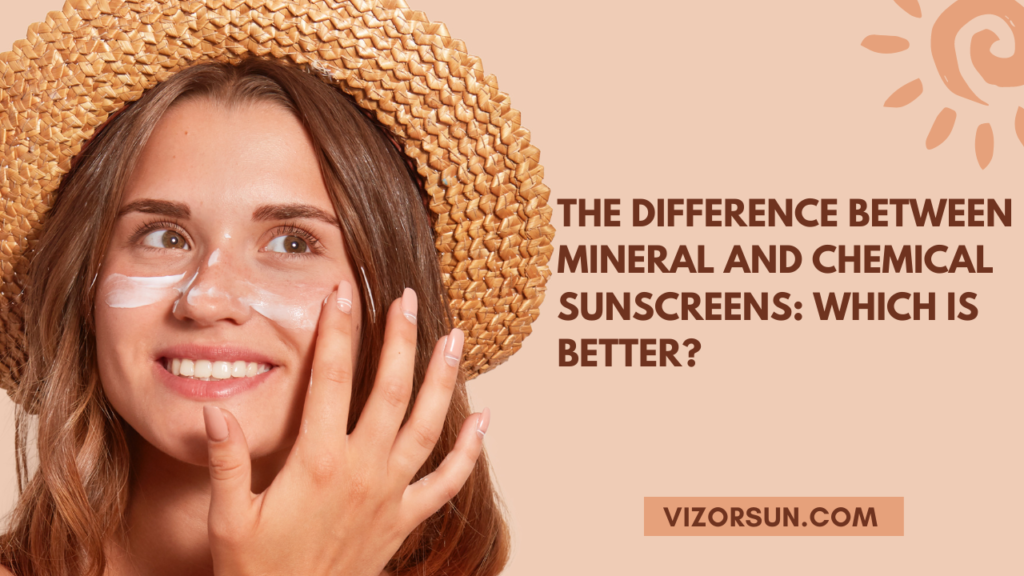
Zinc Oxide Coatings
Abstract:
The effects of surface coatings on the acute and long-term toxicity of six zinc oxide nanoparticles (ZnO-NPs) against the marine copepod Tigriopus japonicus were investigated in this work.
Yet, the copepod’s antioxidant gene expression revealed that these variations were caused by the hydrodynamic size and ion dissolution. In acute testing, bare and hydrophobic particles were less harmful than hydrophilic particles.
The metadata analysis and our test findings revealed that the hydrophobicity and density of the surface coatings of coated metal-associated nanoparticles might be used to forecast their toxicity. To better future risk assessment and management, this work offers insights into the toxicity prediction of coated nanoparticles from their coating characteristics.
Introduction:
Compounds of zinc oxide (ZnO) having at least one dimension less than 100 nm are known as zinc oxide nanoparticles (ZnO-NPs). They feature cutting-edge qualities like UV protection, electrical conductivity, bacterial activity, and photocatalytic strength that have made it possible for them to be widely used in commercial applications (R. W. S. Lai et al., 2021).
Yet, three mechanisms of action for their harmful effects on marine life have been proposed: ion toxicity, oxidation by reactive oxygen species (ROS), and physical contact by agglomerates.

ZnONPs have frequently had their surfaces modified (R. W. Lai et al., 2018) to achieve more desirable qualities in commercial applications, such as improved dispersion and UV-blocking effectiveness.
This, however, presents difficulties for ZnO-NP risk evaluation and management due to their unique physicochemical characteristics, possible toxicity, MOAs, and risk.
This study sought to learn how these nanoparticles’ physicochemical characteristics, MOAs, acute and chronic toxicities, and surface coatings might be impacted(Schneider et al., 2010).
A common species of copepod found in the western Pacific, Tigriopus japonicus is crucial to the marine meiobenthic food chain’s material cycling and energy transfer. In this investigation, T. japonicus was exposed to six zinc-associated compounds, including zinc ions (Zn-IONs), bare zinc-oxide bulk particles (ZnO-BKs), and zinc oxide nanoparticles (ZnO-NPs), as well as ZnONPs coated with three silane chains of varying hydrophobicities (Boxall et al., 2007).
The three main goals were to identify and delineate the major MOAs by connecting their physicochemical properties with the copepods’ oxidative gene responses, characterize the physicochemical properties of the six zinc-associated chemicals, and determine their acute and chronic toxicities to copepods(Yung et al., 2017).
- The surface chemistry, morphology, and primary size of five ZnO-NP powders were examined first, then the hydrodynamic size, zeta potential, ion dissolution, and ROS production.
- The physicochemical characterization’s production and incubation processes were used to create the six test compounds and hold them there for seven days before exposure. In the typical acute toxicity tests of 24 and 96 hours, T. japonicus nauplii (hatched within 12 hours) and adults of both sexes were utilized. There were five test concentrations used: 0.001, 0.01, 0.1, 0.5, and 1 mg Zn/L. Copepod mortality was tracked daily and utilized to calculate the intrinsic population growth rate.
- Data analysis was used to assess the physicochemical properties and toxicity endpoints of many compounds as well as different treatment concentrations for each test chemical. Redundancy analyses (dbRDA), distance-based multivariate linear model (DISTLM), and permutational multivariate analysis of variance (PERMANOVA) were used to show the association between the surface coating properties and the toxicity of coated ZnO-NPs.
Compared to bare nanoparticles, the FT-IR spectra of the three coated ZnO-NPs varied, indicating that the coatings were covalently bound to the surface. The hydrodynamic size of all nanoparticles in filtered artificial seawater (FASW) was considerably more significant than the primary size of the bare and coated nanoparticles, with the hydrophilic nanoparticles being considerably smaller than the naked ones (Merdzan, Domingos, Monteiro, Hadioui, & Wilkinson, 2014).
Zinc release from the five test particles generally increased from the 0th to the 4th day, peaked from the 4th to the 6th day, and then remained stable or slightly decreased from the 6th to the 10th day, indicating that a 7-day incubation would be suitable for detecting their dissolution. None of the test particles’ zeta potentials varied significantly (Figure 1C; F4,10 = 2.97; p > 0.05).

The results of the 21-day chronic toxicity test for all test chemicals, except for DZnO-NPs and Zn-IONs, showed that copepod mortality rose with increasing test concentrations and reached 100%mortality at 1 mg Zn/L.
When compared to the control using FASW, the chemical exposures generally caused the copepods’ average developmental time at both of the examined life stages to be delayed (4.2 and 7.9 days for the copepodite stage and adult stage respectively) (Wang, Wick, & Xing, 2009).
The developmental period from nauplius to copepodites got longer with increasing concentrations of the six test chemicals, but there was no statistically significant difference between the treatments at different concentrations. The fact that the treatment groups in this study saw a greater decline in reproduction than the control group shows that copepods were a soft target (Poynton et al., 2011).
The intrinsic growth rate (r) of the copepods reduced with increasing chemical concentration and was least affected by D-ZnO-NPs in a manner reminiscent of how they reproduce. (Figure 2D).
Generally, the toxicity of the six test compounds varied; hydrophilic ZnO-BKs and Zn-IONs, however, exhibited higher or equivalent levels of toxicity to the test nanoparticles. Nine pertinent studies were used to forecast the toxicity of the six compounds based on their coating characteristics (Huang, Aronstam, Chen, & Huang, 2010).
The physical characteristics of nanoparticles in FASW are significantly influenced by coatings, with A-ZnO-NPs having a higher surface defect concentration and reactivity and ZnO-BKs having a higher dissolution.
The fact that D-ZnO-NPs were marginally more hazardous than Zn-IONs suggests that the released zinc ions may not be these particles’ only mode of action (MOA). To comprehend the oxidative stress response in copepods, this study examined the genes of several antioxidants and their isoforms (Laycock et al., 2016).
The findings imply that zinc bioaccumulation may be influenced by the hydrodynamic size and ion dissolution of test particles. As ZnO-NPs with hydrophobic coatings are less hazardous than those with hydrophilic coatings, it is possible that the danger is being understated by current risk assessments (Adam et al., 2016).
To Learn about the Difference between Oil in water (O/W) and Water in Oil (W/O) Click this link.

